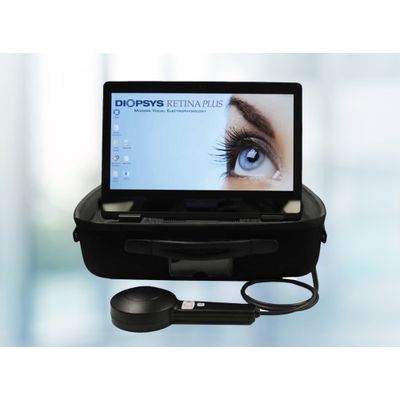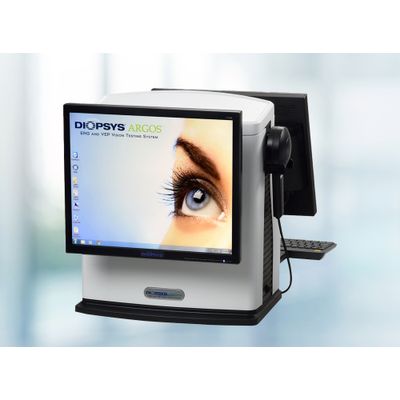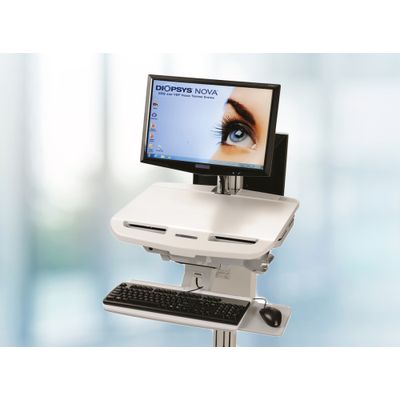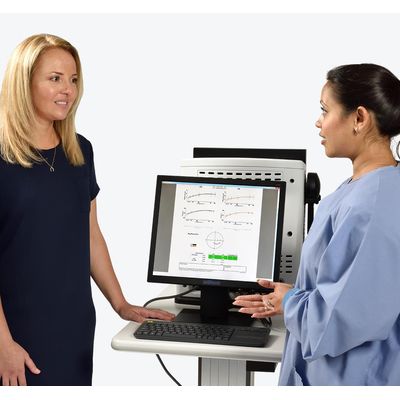

- Home
- Companies
- Diopsys, Inc.
- Products
Diopsys, Inc. products
Vision Testing Systems
Electrophysiology Systems
The most advanced flicker electroretinography (ffERG) system, scalable to create a complete electrophysiology suite. The RETINA PLUS comes with a compact carrying case, making it portable for transport between offices or in the field. Optimized for ffERG, compatible with mfERG. pERG and VEP require an external monitor.
Electrophysiology Systems
The ARGOS is a tabletop ERG system, ideal for stationary use in an exam room. It operates the full Diopsys suite of tests like the NOVA. Compatible with full-field, pattern, and multifocal ERG tests, as well as VEP
Electrophysiology Systems
The NOVA is our full-feature system. It comes standard with a cart for easy mobility and storage in and around the practice space. The NOVA serves as a complete, compact workstation and seamlessly switches between modules. Compatible with full-field, pattern, and multifocal ERG tests, as well as VEP.
Visual Electrophysiology Modules
Full Field Electroretinography Module
The Diopsys® ffERG (full field electroretinography) module includes several important protocols to help you detect disease early and manage patient care. Understanding how your patient is responding to treatment is important. Is their visual function improving? Is their disease progressing? Diopsys® ffERG / Flicker vision tests provide objective, functional information about global retinal health using intuitive, color-coded reports to help you: Evaluate retinal disease severity, Predict retinal ischemia, Quantify retinal function loss and recovery, Monitor retinal function for more appropriate and timely treatment
Diopsys - Pattern Electroretinography Module
Early detection and treatment is the key to maintaining a lifetime of healthy vision for your patients. Diopsys® PERG (pattern electroretinography) vision tests provide you with objective, functional information on the performance of retinal ganglion cells. These test results help you identify “stressed” cells at a subclinical stage, when the cells have become dysfunctional but are still alive.1 By starting treatment at this early stage, before evident structural defects, you can help extend your patients’ sight. Objectively measure functional loss and recovery2, Enhanced treatment tracking and disease management, Clear, intuitive report interpretation




